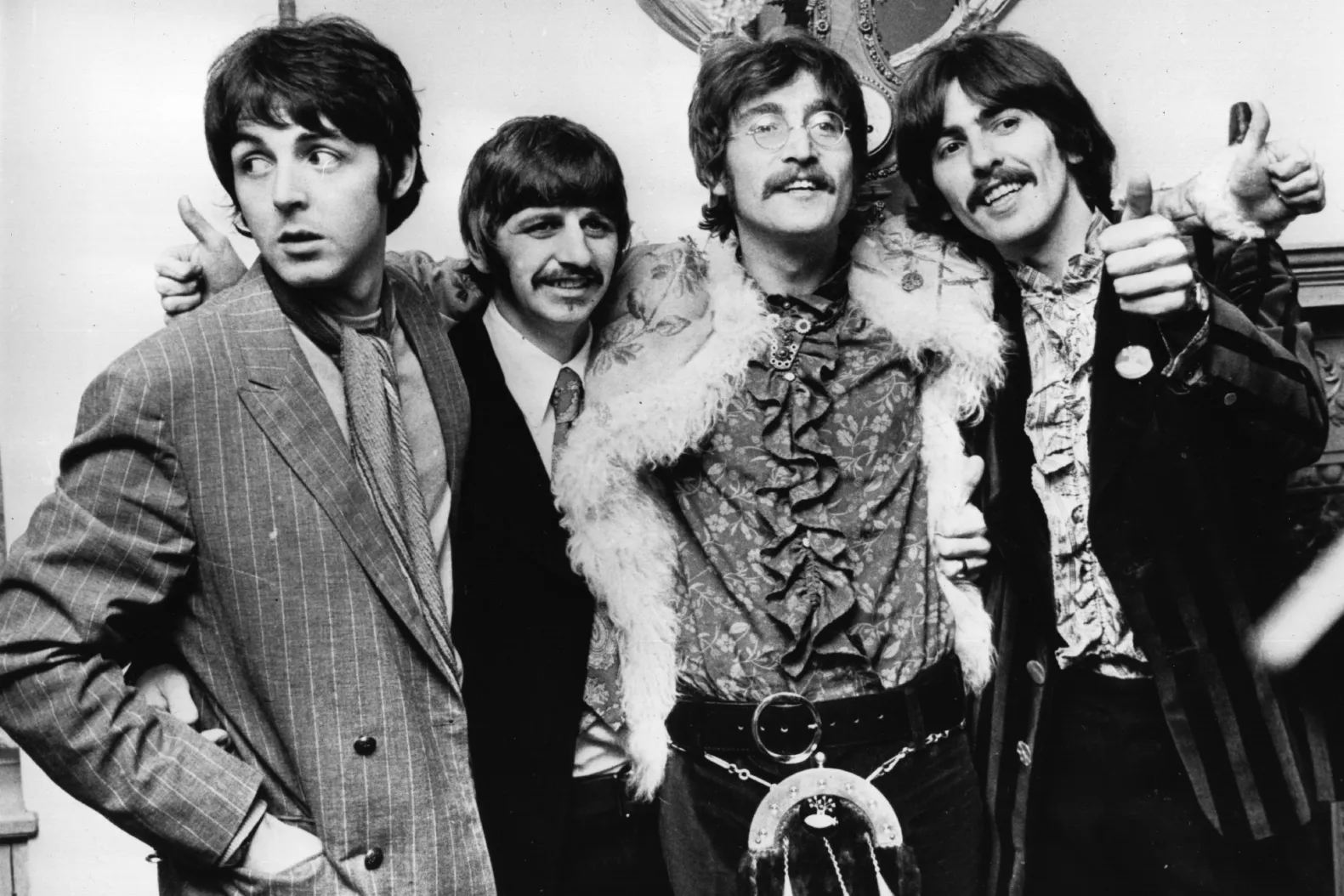There exists no universal mandate compelling an unwavering camaraderie within the confines of every rock ensemble. While certain bands function as harmonious units akin to the Three Musketeers in every facet of their musical endeavors, an equal number choose to maintain a certain distance from their bandmates once the stage is left behind.
While encounters with any member of The Beatles typically result in awe-inspiring memories for most musicians, a select few were less than enthused about the prospect of sharing the limelight with the Fab Four.
As The Beatles navigated their way through the late 1960s, they underwent a profound transformation from their early days. Despite churning out captivating teenybopper tunes in the first half of the decade, both John Lennon and Paul McCartney began contributing groundbreaking pieces that pushed the boundaries of rock, as evidenced by albums like Rubber Soul and Revolver.
Upon retiring from touring, uncertainties arose regarding the band’s next move. Faced with the unprecedented challenge of releasing records without accompanying tours, The Beatles transformed the studio into a creative workshop, laboring meticulously at Abbey Road Studios until they achieved recordings that met their exacting standards.
Lennon took the lead in unveiling new material during the band’s experimental phase, presenting the foundation of ‘Strawberry Fields Forever’ in one of their initial post-tour meetings. While McCartney mirrored his writing partner’s penchant for experimentation with ‘Penny Lane,’ it was the composition ‘A Day in the Life’ that truly ventured beyond conventional song structures.
Although The Beatles had dabbled in various genres before, Lennon and McCartney crafted a song intended to elevate rock and roll to the realm of high art, culminating in a cinematic crescendo featuring a full orchestra. Despite prior use of classical instruments in their songs, the session musicians summoned for this particular recording were far from thrilled with the unconventional demands placed upon them.
Tasked with traversing from the lowest to the highest note on their instruments independently, many musicians found themselves bewildered by the unorthodox nature of the song. While some complied with the avant-garde instructions, engineer Geoff Emerick vividly recalled the palpable tension in the studio environment during that time.
In his memoir, “Here There and Everywhere,” Emerick recounted instances of classical musicians expressing reservations about The Beatles’ avant-garde ideas, noting, “The general response wasn’t so much outrage as it was dismay. The musicians knew they were there to do a job; they just didn’t like what they were being asked to do…It wasn’t exactly dignified, and they resented it.”
Despite the musicians’ expertise in sightreading, they delivered masterful improvisations throughout the song, allowing the track to gradually build twice before concluding Sgt. Pepper with a resounding piano chord. While the session musicians may have preferred the traditional approach to making records, every aspect of ‘A Day in the Life’ was geared towards transcending established norms.
